-
- container colonna1
- Categorie
- #iorestoacasa
- Agenda
- Archeologia
- Architettura
- Arte antica
- Arte contemporanea
- Arte moderna
- Arti performative
- Attualità
- Bandi e concorsi
- Beni culturali
- Cinema
- Contest
- Danza
- Design
- Diritto
- Eventi
- Fiere e manifestazioni
- Film e serie tv
- Formazione
- Fotografia
- Libri ed editoria
- Mercato
- MIC Ministero della Cultura
- Moda
- Musei
- Musica
- Opening
- Personaggi
- Politica e opinioni
- Street Art
- Teatro
- Viaggi
- Categorie
- container colonna2
- container colonna1
La nostra indagine sulle gallerie al tempo del distanziamento sociale prosegue pensando al futuro. Dopo il primo appuntamento con Galerie Lelong & co., apriamo la settimana con una delle leader del sistema internazionale, Hauser & Wirth, fondata nel 1992, a Zurigo, da Iwan Wirth, Manuela Wirth e Ursula Hauser, e poi partita alla conquista di Londra, New York, Los Angeles, Gstaad, St. Moritz nel Somerset e Hong Kong. La galleria si prepara ora ad inaugurare la prima mostra interamente basata sulla realtà virtuale della galleria nell’ambito della ricerca appena lanciata nel settore dell’innovazione: ArtLab. Aprirà il 30 aprile la mostra collettiva, intitolata “Beside Itself”, che si svolge nella sede (ancora per poco) virtuale di Hauser & Wirth Menorca, un’occasione per dare prima occhiata al centro artistico prima della sua apertura nel 2021. La mostra include opere di Louise Bourgeois, Mark Bradford, Charles Gaines, Ellen Gallagher, Jenny Holzer, Roni Horn, Luchita Hurtado, Mike Kelley, Glenn Ligon, Damon McCarthy, Paul McCarthy, Bruce Nauman, Lorna Simpson e Lawrence Weiner.
Segue la versione in inglese – English version below
Nelle ultime settimane assistiamo alla proliferazione di iniziative di beneficenza, i primi a essere chiamati all’azione sono stati gli artisti. Credi che questo modello basato sulla gratuità del lavoro artistico possa creare un precedente rischioso per gli artisti stessi e per il loro mercato?
«La prima priorità della galleria è fare tutto il possibile per proteggere il nostro team, gli artisti e la comunità di persone che compongono la famiglia Hauser & Wirth. Abbiamo lavorato a stretto contatto con i nostri artisti in tutto il mondo durante questo periodo di isolamento e abbiamo scoperto che molti di loro hanno incanalato la loro creatività in incredibili nuove opere nelle quali risuona la situazione attuale. Con le nostre mostre online e la nuova serie di contenuti digitali Dispatches speriamo di aver fornito supporto ai nostri artisti, oltre a una piattaforma per connettersi con il nostro pubblico durante questo periodo.
Tuttavia, data l’entità di questa crisi, ritenevamo che fosse necessaria una risposta globale. Per questo motivo, ci siamo uniti allo sforzo di combattere la pandemia donando il 10% del profitto lordo delle vendite dalle nostre mostre online al Fondo di soccorso COVID-19 per l’OMS nell’ambito della nostra iniziativa #artforbetter. Le nostre mostre più recenti di opere di George Condo e Rashid Johnson sono state sold out e stiamo lavorando alle prossime mostre di Lorna Simpson e Nicole Eisenman».
Potete dirci di più sull’idea di ArtLab?
«ArtLab è stato creato per dar vita a soluzioni tecnologiche su misura per le questioni più urgenti nel mondo dell’arte, tra cui una maggiore accessibilità e sostenibilità. È iniziato con un’intensa ricerca nell’estate 2019, incentrata sull’elaborazione di azioni concrete per ridurre responsabilmente le emissioni di CO2 della galleria legate al montaggio di mostre a livello globale. Allo stesso tempo, il nostro team di ArtLab ha iniziato a esplorare le innovazioni che consentiranno al pubblico di sperimentare appieno le mostre in diversi contesti locali senza viaggiare, un progetto che assume maggiore significato e urgenza durante la pandemia di COVID-19, consentendo agli artisti, ai curatori e ai coordinatori di mostre di preparare le mostre al meglio utilizzando le nuove tecnologie.
HWVR utilizza una tecnologia su misura non presente in nessun altro settore. Attingendo alle tecniche applicate all’architettura, alla costruzione e alla progettazione di videogiochi, lo strumento crea scala e accuratezza realistiche, nonché l’aspetto, la sensazione e l’interattività autentici delle nostre gallerie. HWVR costruisce lo spazio 3D virtuale da zero a livello di pixel, anziché fare affidamento su foto combinate, che offrono un livello di precisione e flessibilità senza precedenti.
La nostra prima mostra che utilizza questa tecnologia è una collettiva ambientata in una galleria del futuro, Hauser & Wirth Menorca, che verrà inaugurata il 30 aprile. La tecnologia non sostituisce le relazioni umane, ma speriamo che a lungo termine ciò contribuirà a creare una maggiore accessibilità e sostenibilità per le nostre mostre intorno al mondo.
Ospiteremo anche una serie di residenze per gli artisti e i loro team per essere in grado di espandere l’uso immaginativo e collegarli con questa nuova tecnologia. Questa sarà un’immersione tecnologica, proprio come le residenze nel Somerset riguardano il contatto con la natura».
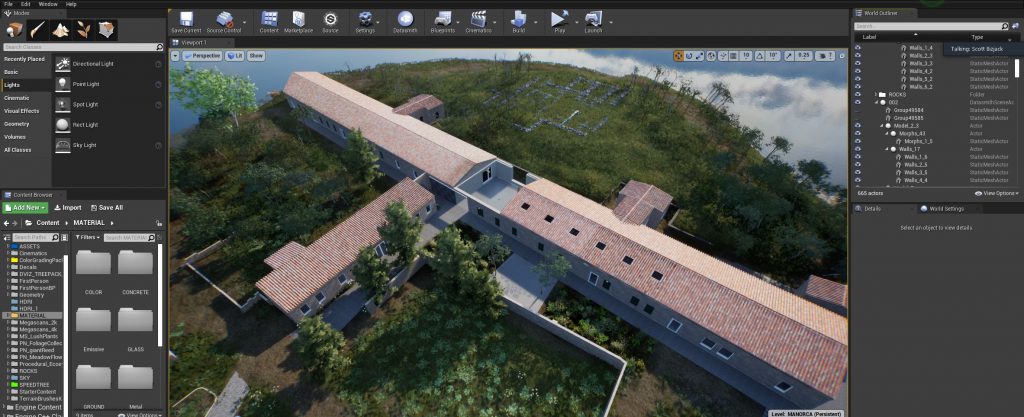
Courtesy Hauser & Wirth
Quanto pensate che questo momento influenzerà l’economia del sistema artistico?
«È un momento molto impegnativo per qualsiasi azienda e l’incertezza del futuro avrà senza dubbio un effetto su tutti, sia a lungo che a breve termine. Molti di noi stanno ancora esplorando il peggio di questo virus e i nostri team si stanno adattando a questa nuova realtà temporanea. Sul versante positivo, pensiamo che sia bello vedere il mondo dell’arte al passo con altri settori in termini di presenza digitale. Il valore dell’interazione umana e del vedere le opere di persona rimarrà importante, ma questa situazione in cui ci troviamo costringerà il mondo dell’arte a evolversi più rapidamente.
Pensate che con le prossime fiere sarà possibile colmare questo margine?
«Dovremo aspettare e vedere se le fiere saranno realisticamente in grado di aprire in autunno. Speriamo che settembre sia un momento sicuro per Basilea. Tuttavia, le perdite saranno evidenti per tutti se le fiere e le grandi folle che attraggono non saranno considerate sicure entro la fine dell’anno. Altrimenti potrebbe essere necessario ridefinire un nuovo modello: il nostro strumento HWVR, ad esempio, può aiutare collezionisti e visitatori a visualizzare le opere senza dover essere fisicamente in fiera.
Abbiamo già ridotto la nostra partecipazione alle fiera d’arte nel 2020 come parte di una revisione della sostenibilità che abbiamo intrapreso l’anno scorso. Dal punto di vista della riduzione dell’impronta associata alla partecipazione equa, ai viaggi e alle spedizioni. Una delle applicazioni per la tecnologia che stiamo implementando con ArtLab è stata quella di aiutarci a ridurre il numero di lavori che spediamo (del 50% nel caso dell’ultimo Art Basel Miami), essendo in grado di visualizzare gli stand in modo più accurato. Lo strumento VR può anche aiutare i collezionisti a visualizzare le opere».
Quale pensate sia il pericolo maggiore che il sistema artistico dovrà affrontare e quale può essere il lato positivo di questa situazione?
«I nostri team si sono uniti e hanno lavorato sodo per nuove iniziative digitali, che sono state il risultato di questa volta che sono state fisicamente separate. Come in molti settori, questo periodo di invenzione ci ha fornito strumenti che non avevamo mai avuto prima. Come ci impegniamo e utilizziamo i social media, il web e la realtà virtuale, ci aiuterà a ripensare e riconfigurare aspetti del mondo dell’arte che potrebbero essere messi in pericolo da questo periodo, come le interazioni e le relazioni faccia a faccia».
ArtLab Inaugural HWVR Exhibition Teaser, Beside Itself, Hauser & Wirth
Menorca, Features Louise Bourgeois, Maman, 1999 © The Easton Foundation/VAGA at ARS, NY. Courtesy Hauser & Wirth
«We think it is great to see the art world catch up with other industries in terms of digital presence»
After our investigation of the galleries at the time of social distancing, we try to think about the future. After the first appointment with Galerie Lelong & co., we start the week with one of the leaders of the international system Hauser & Wirth, founded in 1992 in Zurich by Iwan Wirth, Manuela Wirth and Ursula Hauser and then left to conquer London, New York, Los Angeles, Gstaad, St. Moritz of Somerset and Hong Kong. The gallery is about to inaugurate the first exhibition entirely based on the gallery’s virtual reality within the ArtLab platform. The collective exhibition entitled “Beside Itself”, which takes place in the virtual headquarters of Hauser & Wirth Menorca, will open on 30 April, an opportunity to have a first look at the artistic center before its opening in 2021. The exhibition includes works by Louise Bourgeois, Mark Bradford, Charles Gaines, Ellen Gallagher, Jenny Holzer, Roni Horn, Luchita Hurtado, Mike Kelley, Glenn Ligon, Damon McCarthy, Paul McCarthy, Bruce Nauman, Lorna Simpson and Lawrence Weiner.
In recent weeks we are witnessing the proliferation of charity initiatives, the first to be called to action were the artists. Do you believe that this model based on the gratuitousness of artistic work can create a risky precedent for the artists themselves and for their market?
«The gallery’s first priority is doing everything we can to help protect our team, artists and community of people who make up the Hauser & Wirth family. We have been working closely with our artists across the globe during this period of isolation and found that many of them have been channelling their creativity into incredible new works which resonate with the current situation we all find ourselves in. Our online exhibitions and new digital content series Dispatches have hopefully given our artists support, as well as a platform to connect with our audiences during this time.
However, given the scale of this crisis, we believed that a global response was needed. For this reason, we’ve joined the effort to combat the pandemic by donating 10% of the gross profit on sales from our online exhibitions to the COVID-19 Relief Fund for the WHO as part of our initiative #artforbetter. Our most recent exhibitions of works by George Condo and Rashid Johnson sold out entirely and we have upcoming exhibitions by Lorna Simpson and Nicole Eisenman».
Can you tell us more about the idea of ArtLab?
«ArtLab was formed to create bespoke technology solutions for the most pressing issues in the art world, including greater accessibility and sustainability. It began with intensive research in Summer 2019, focused upon practical steps toward responsibly reducing the gallery’s carbon footprint associated with mounting exhibitions globally. Simultaneously, our ArtLab team began exploring innovations that will allow audiences to fully experience exhibitions in different local contexts without traveling—a project that takes on greater meaning and urgency amid the COVID-19 pandemic—while permitting artists, curators, and exhibition coordinators to better prepare shows using new technology.
HWVR uses a bespoke technology-stack not found in any other industry. Drawing from techniques applied in architecture, construction and video-game design, the tool creates true-to-life scale and accuracy, as well as the authentic look, feel, and interactivity of our galleries. HWVR builds the virtual 3D space from the ground up at a pixel level, rather than relying on combined photos, which gives an unprecedented level of accuracy and flexibility.
Our first exhibition using this technology is a group show set in a gallery of the future, Hauser & Wirth Menorca, which launches on the 30 April. Technology is no substitute for human relationships, but we hope that in the long run, this will help create greater accessibility and sustainability for our global exhibitions.
We will also host a series of residencies for artists and their teams to be able to expand the imaginative use and connect them with this new technology. This will be a technology immersion, just as the residencies in Somerset are about connecting with nature».
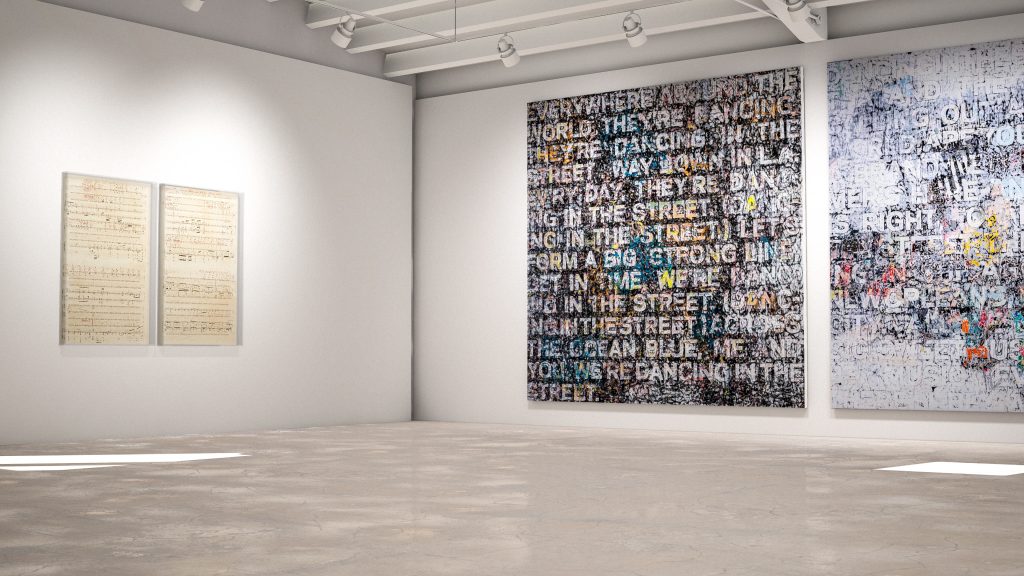
‘Librettos: Manuel de Falla/Stokely Carmichael, Set 5’, 2015 and Mark Bradford’s ‘New York City’, 2019 and ‘Chicago’, 2019
© the artists
Courtesy the artists and Hauser & Wirth
How much do you think this moment will affect the economy of the art system?
«It is a very challenging time for any business and the uncertainty of the future will undoubtedly have an effect on everyone, both in the long term and short term. For many of us, we are still navigating the worst of this virus, and our teams are adjusting to this new temporary reality. On a positive note, we think it is great to see the art world catch up with other industries in terms of digital presence. The value of human interaction and seeing works in person will remain important, but this situation we find ourselves in will force the art world to evolve more rapidly».
Do you think that with the next fairs will it be possible to cover this margin?
«We will have to wait and see whether fairs will realistically be able to open in the autumn. We hope that September will be a safe time for Basel to go ahead. However, the losses will be apparent for everyone if fairs and the large crowds they attract are not deemed safe by the end of the year. Otherwise, a new model may have to be redefined– our HWVR tool, for example, can help collectors and visitors visualise the works without physically having to be at the fair.
We have already reduced our art fair participation in 2020 as part of a sustainability review we initiative last year. From the perspective of decreasing the footprint associated with fair participation, travelling and shipping. One of the applications for the technology we’re implementing with ArtLab has been to help us to reduce the number of works we ship (by 50% in the case of the last Art Basel Miami) by being able to visualise the booths more accurately. The VR tool can also help collectors visualise the works».
What do you think is the greatest danger that the art system will face and what can be the positive side of this situation?
«Our teams have been coming together and working hard at new digital initiatives which has been a result of this time being physically separated. As with across many industries, this period of invention has given us tools we have never had before. Everything from how we engage and use social media, the web, and VR will help us rethink and reconfigure aspects of the art world that may be endangered from this period, such as face-to-face interaction and relationships».

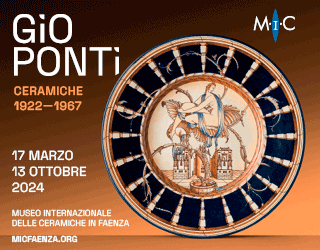


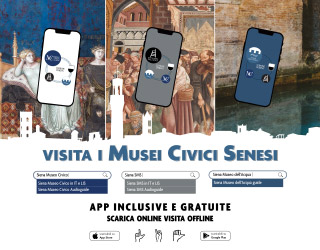
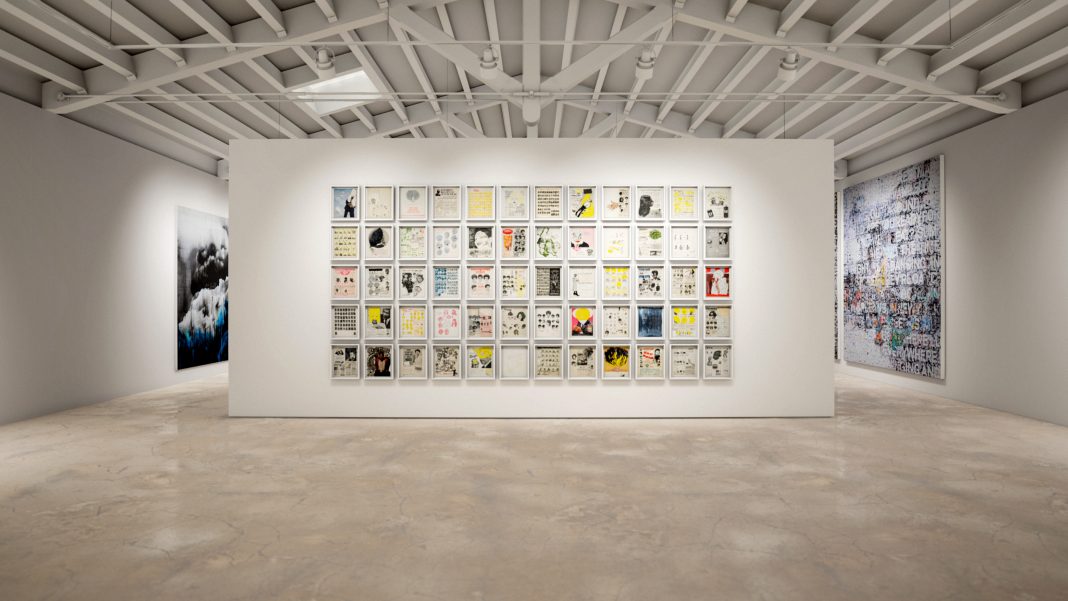
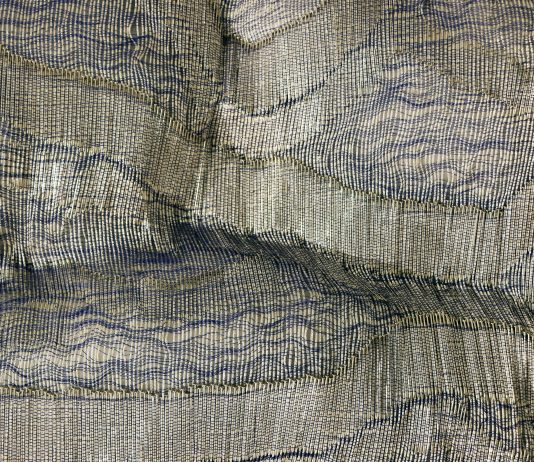
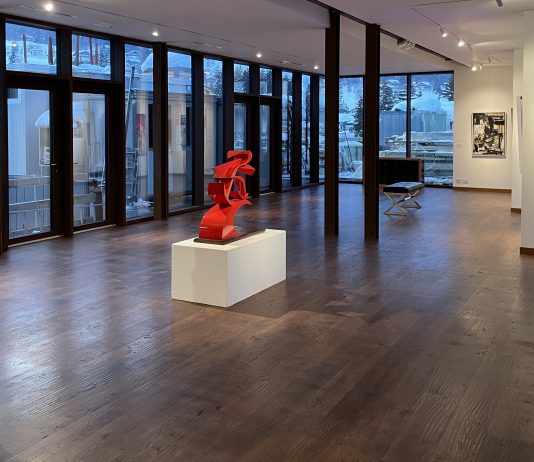
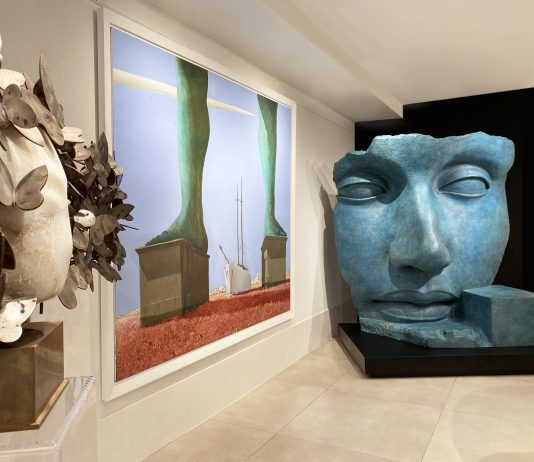
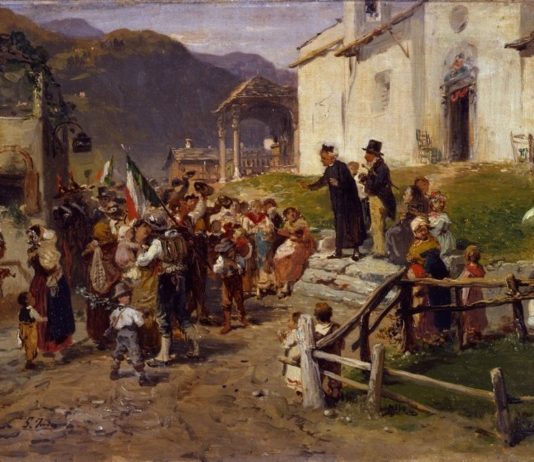

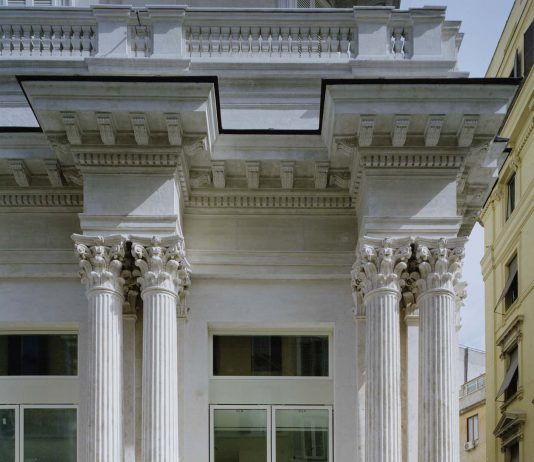
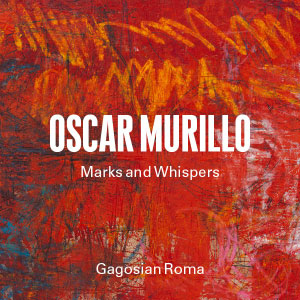


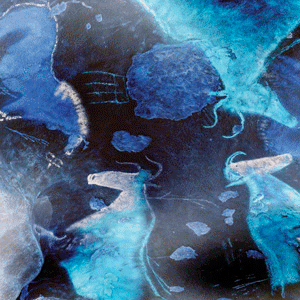
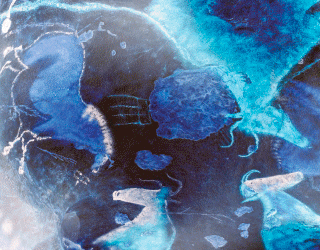

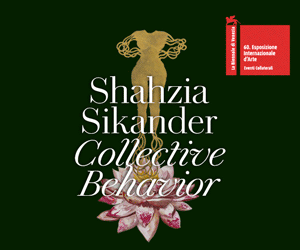

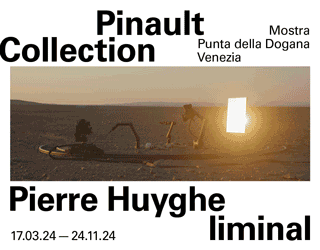
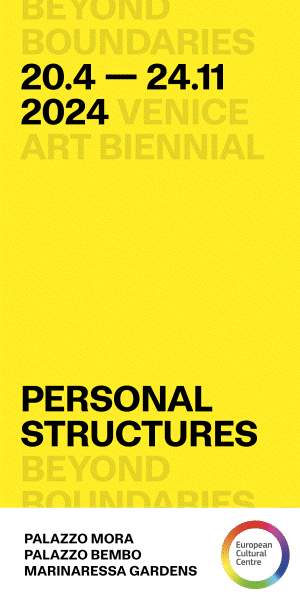

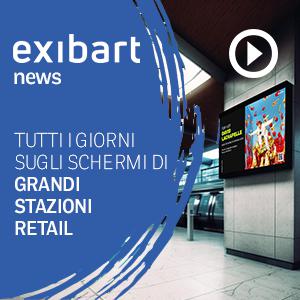
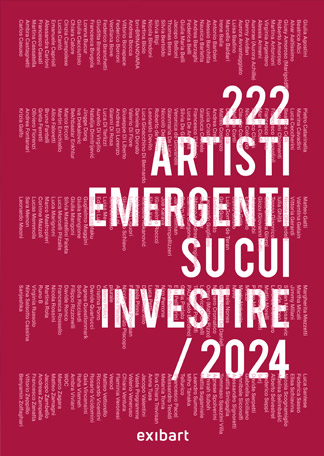
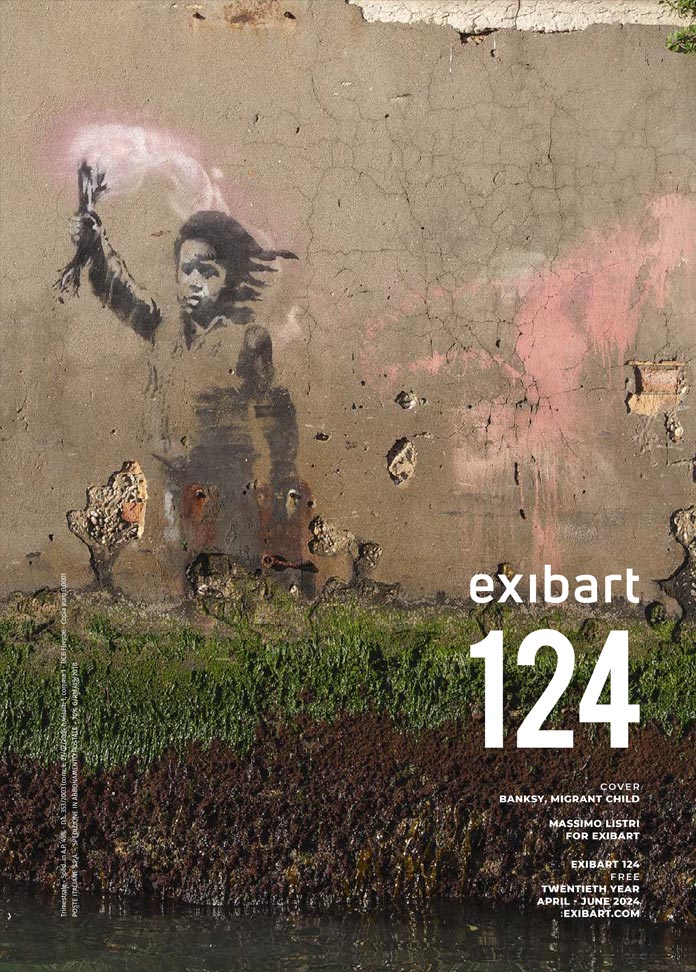

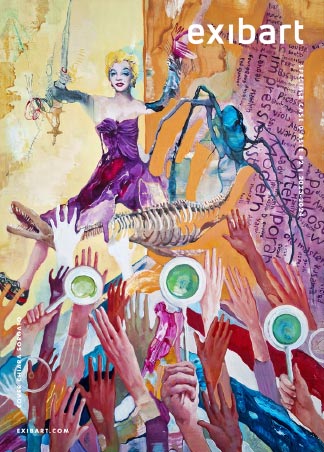
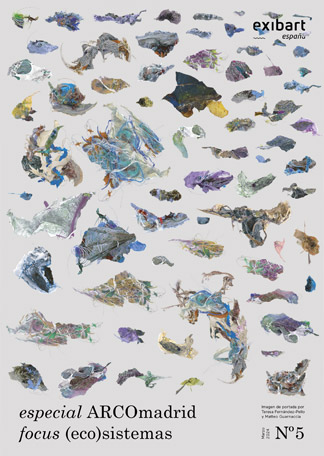
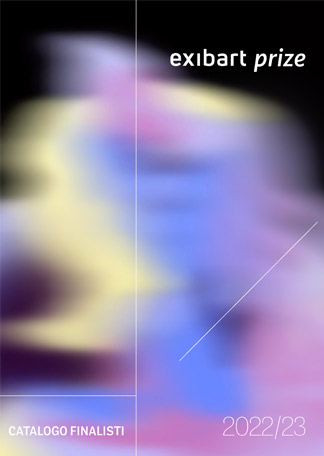
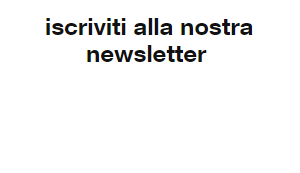

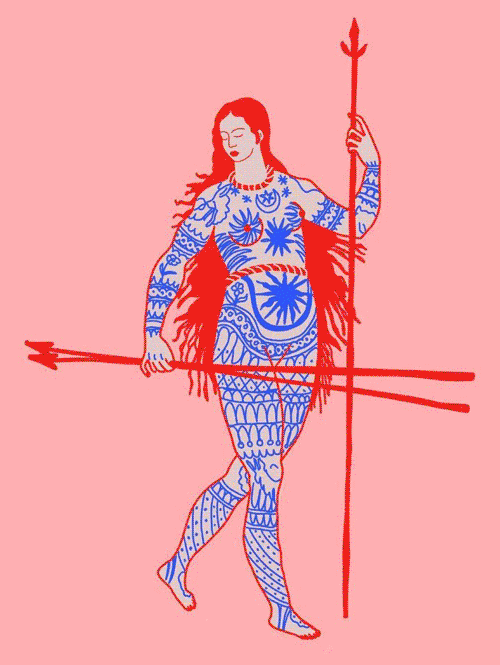


[…] Inaugurata lo scorso 11 luglio e visitabile fino al 30 agosto, “UNTITLED ACTION (GOLD PAINTINGS)” è il titolo della nuova personale di Stefan Brüggemann presso la Hauser & Wirth St. Moritz che, in questi ultimi mesi di lockdown, ha continuato a promuovere un intenso calendario di attività (ce ne parlavano gli stessi galleristi in questa nostra intervista). […]